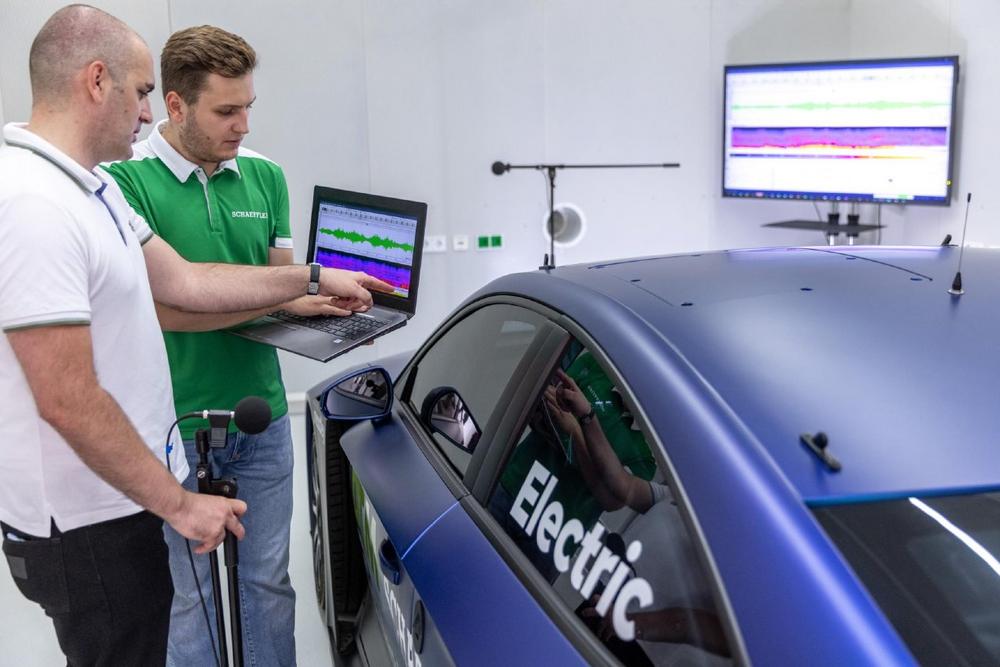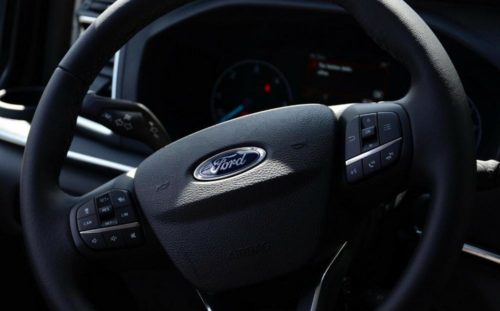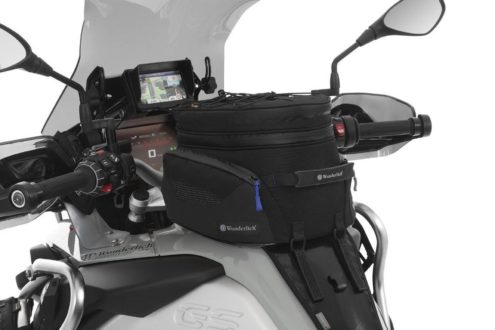
DTM Sound Run – Schaeffler develops car sound of the future
- Schaeffler presents the new sound of the DTM Electric at the
Red Bull Ring in Spielberg with racing driver Sophia Flörsch - New sound is created using real-time sound synthesis
- Schaeffler has more than 20 years of experience in the acoustic development of vehicle components
There’s a treat in store for your ears at the Red Bull Ring DTM. While so far, the tone at the DTM has been set by the roaring of GT3 engines, Schaeffler is now giving a taste of the sounds to expect to hear at the new DTM Electric, which is scheduled to start in 2024. “We are developing the car sound of the future,” says Dr. Jochen Schröder, head of Schaeffler’s E-Mobility business division. “At the DTM Electric Sound Run, you can already hear that electric motorsport will be just as thrilling.” To demonstrate the sound, Schaeffler’s DTM Electric demo vehicle was equipped with innovative sound-generating technology. This includes software that synthesizes sound by combining real-time vehicle data with a sound profile especially developed for the DTM Electric racing series. Schaeffler’s experts modeled the sound on the actual sound of an electric motor. Hardware installed in the vehicle causes the entire car body to vibrate, and this is what makes the new distinctive sound audible to the spectators. To develop the sound of the DTM Electric, Schaeffler is drawing on more than 20 years of experience in the development of technical acoustics. In future, this expertise will also be used in production vehicles.
DTM Sound Run demonstrates the new sound of electric motorsport
A powerful bass, a deep roar and yet still somewhat futuristic – that’s the sound of the new DTM Electric, which will be heard by the motorsport world for the first time at the Red Bull Ring in Spielberg, Austria, with racing driver and Schaeffler brand ambassador Sophia Flörsch at the wheel of the demo vehicle. The new sound is modeled on the sound spectrum of the car’s electric motor, a motor made by Schaeffler. “The DTM Electric,” says Jochen Schröder, “is not intended to mimic a typical combustion engine or sound like science fiction. Rather, we developed a sound that closely reflects the physics of an electric motor and then tweaked it to sound even cooler.”
To ensure that the DTM Electric sounds both authentic and modern, engineers first analyzed the sound of its electric powertrain in detail.
Software developed specifically for synthesizing sound was then used to create a new sound profile especially for the racing series. As the car races around the track, vehicle data such as engine speed, engine load and brake pressure is fed into the software in real time. The software then continuously adapts the pitch and sound level of the stored profile in sync with changes in the actual driving situation. As the driver accelerates and brakes at different speeds, a dynamic and authentic sound is generated. The sound is then transmitted via an amplifier to coils in the vehicle which cause the body to vibrate. This is how the sound becomes audible for fans at the racetrack – even without typical loudspeakers.
Sound design for electric road cars
Electric vehicles driving slowly through the city in near silence can be difficult to hear. This increases the risk of accidents, especially those involving cyclists and pedestrians. Therefore, in the EU, the so-called “Acoustic Vehicle Alerting System” (AVAS) is now mandatory in all new types of hybrid and electric cars. When driving at speeds of 20 km/h or less (30 km/h in the US) or reversing, electric cars must now produce sound at a level of between 56 and 75 dB. “Until now, automakers have used the differing noises of their internal combustion engines as a distinguishing feature,” says Jochen Schröder. “In future, we offer them our real-time sound synthesis for electric road cars, both for brand differentiation and for creating an authentic sound for every driving situation.” A monotonous beeping sound of the cars should then be a thing of the past.
In developing this technology, Schaeffler draws on more than 20 years’ experience in the field of NVH, which stands for noise, vibration, and harshness. Developments in NVH are usually focused on filtering out unwanted noises from vehicle components by dampening or eliminating them altogether. Only noises that are easy on the ear should remain. “In active sound design, we work with the customer to determine what the vehicle should sound like and then develop the hardware and software to produce precisely this sound via car body vibrations,” explains Jochen Schröder.
While the new sound of the DTM Electric is based on the actual sound of the car’s electric powertrain, vehicle manufacturers are more or less free to decide for themselves what their cars should sound like. Schaeffler’s experts can, for example, specifically emphasize low or high tones, superimpose different sound signals, add to them or even completely reshape them. “From the acoustics of traditional combustion engines to futuristic soundscapes, we can give vehicle manufacturers plenty of options,” says Jochen Schröder.
As a leading global supplier to the automotive and industrial sectors, the Schaeffler Group has been driving forward groundbreaking developments in the fields of motion and mobility for more than 75 years. With innovative technologies, products, and services in the fields of CO₂-efficient drives, electric mobility, Industry 4.0, digitalization, and renewable energies, the company is a reliable partner for making motion and mobility more efficient, intelligent, and sustainable. The technology company manufactures high-precision components and systems for powertrain and chassis applications as well as rolling and plain bearing solutions for a large number of industrial applications. The Schaeffler Group generated sales of approximately EUR 13.9 billion in 2021. With around 83,000 employees, Schaeffler is one of the world’s largest family companies. With more than 1,800 patent applications in 2021, Schaeffler is Germany’s second most innovative company according to the DPMA (German Patent and Trademark Office).
Schaeffler AG
Industriestraße 1-3
91074 Herzogenaurach
Telefon: +49 (9132) 82-0
Telefax: +49 (9132) 82-3584
http://www.schaeffler-group.com
Telefon: +49 (7223) 94136-36
E-Mail: annett.fischer@schaeffler.com
![]()



